Regarding your two-wheeler, choosing the correct insurance coverage is just as crucial as picking the correct bike. Two main kinds of coverage are available from the Indian motor insurance market: third-party and comprehensive insurance. Each has unique pricing, pros and drawbacks, and benefits. Whether your goal is to renew your policy or you are a first-time buyer, knowing the variations between these two is absolutely vital.
This page offers a thorough comparison of Comprehensive vs Third-Party Bike Insurance, thereby guiding you to make a wise choice catered to your requirements.
What is Third-Party Insurance?
The least legal requirement for any vehicle driven on Indian roads is third-party insurance. Every bike owner riding legally under the Motor Vehicles Act, 1988 must have at least third party insurance for two wheeler. This kind of regulation addresses:
- Third party injuries or death
- Damage to property owned by another person
It does not, however, cover your own injuries should an accident strike or damage to your own bike. Should you be caught without third-party insurance, fines or even jail might follow.
Those who ride their bike seldom or possess an older model that requires less coverage should choose this third party bike insurance. It guarantees that, without paying much for premiums, you satisfy legal requirements.
What is Comprehensive Insurance?
Comprehensive bike insurance covers not only third-party liability but also damage to your own bike, so offering total protection. It includes:
- Coverage for personal damage
- Fires and theft damage
- Natural disasters (earthquakes, floods, etc.)
- Man-made crises (riots, vandalism)
- Individual error coverage
- Add-ons in two wheeler insurance ranging from zero depreciation to roadside assistance
New or high-value motorcycles as well as those seeking financial peace of mind would find this kind of two wheeler insurance perfect. Though the premiums are more, the wide coverage it provides will save you a lot of money in bad circumstances.
Also Read: New Honda Dio 125 Launched at Rs 96,749 — Smarter & More Stylish
Comparison Table: Features for Comprehensive Insurance vs Third-Party Insurance for Bike
|
Feature |
Third-Party Coverage |
Complete Coverage in Insurance |
|
Coverage |
Only obligations from outside third parties |
Own damage plus third-party plus personal accident protection |
|
Legal Needs |
Compulsory |
Optional but rather advised |
|
Fine Cost |
Low |
Higher |
|
Add-On Choices |
Not accessible |
Available several add-ons |
|
Own Damage Cover |
No |
Yes |
|
Personal Accident Cover |
Restricted (only if chosen separately) |
Included |
|
Customizing |
Not adjustable |
Highly flexible using IDV and add-ons |
|
Best Appropriate For |
Low use or older motorcycles |
New bikes or daily commuters |
Important Variations Clarified
The main difference in Comprehensive vs Third-Party Bike Insurance is coverage extent. While thorough plans protect both others and you, third-party policies only shield others from damage you inflict.
Assume for the moment your bike crashes. Should your only insurance be third-party, any damage to your vehicle will have to be paid for personally. Conversely, a thorough policy will cover damage resulting from natural disasters, repair expenses, and even provide reimbursement should theft occur.
Therefore, thorough two wheeler insurance guarantees your financial protection even if third party bike insurance preserves your legal position.
Benefits and Consequences
Third-Party Insurance Pros:
- Legally required and guarantees adherence to
- Extremely reasonably cheap
- Simplified policy with few supporting documentation
Third-Party Insurance Cons:
- Not any defense for your own car
- Not any choices for add-ons or personalizing
- Restricted financial protection should a major accident strike
Comprehensive Insurance Pros:
- Broad coverage covering theft, accidents, fire, and disasters
- Personal accident protection for a cyclist
- Flexible with Add-ons in two wheeler insurance
- Provides better claim benefits and mental tranquility
Comprehensive Insurance Cons:
- Greater premiums
- Some exclusions including wear and tear, driving under influence, or without a current license
Add-Ons Accessible with Complete Insurance
The availability of add-ons in two wheeler insurance extending your coverage is one main benefit of comprehensive insurance. Popular choices are:
- Zero Depreciation Cover – Claims the whole cost of replacing bike parts free from depreciation reductions
- Roadside Assistance – Should a breakdown arise, get on-site assistance
- Engine Protection Cover – Covers engine damage resulting from oil leaks or water intrusion
- Return to Invoice Cover – Reimburses the whole invoice value should a total loss arise
- Consumables Cover – Covers expenses of consumables like oil, nuts, bolts, etc.
These add-ons in two wheeler insurance improve your protection and allow you to customize depending on your budget and usage.
The Insurance You Should Select
For bikes, deciding between Comprehensive vs Third-Party Bike Insurance depends on various criteria:
- Age of Bike: If you own an expensive or brand-new bike, thorough insurance is the wiser option
- Daily Usage: Daily riders should want thorough coverage as they run more hazards
- Location: One should have more coverage in flood- or accident-prone locations
- Budget: Third party insurance for two wheeler fills in for the most reasonably priced legal solution
Quick Selection Guide
|
Situation |
Suggested Policy |
|
New or highly valuable bike |
Complete Protection Insurance |
|
Rare use or outdated bike |
Third-Party Policy |
|
Budget-conscious user |
Third-Party Risk |
|
Seeking complete defense and peace of mind |
Comprehensive Coverage |
Conclusion
The argument of Comprehensive vs Third-Party Bike Insurance is more about which one meets your particular requirements than about which one is always preferable. Third party insurance for two wheeler will help you if your only needs are to satisfy legal criteria and cut premiums. However, a complete coverage is definitely the wiser investment if you wish all-round security for your two-wheeler.
Before making a decision, always check the value of your bike, riding behavior, and financial status. The correct policy will not only safeguard your vehicle but also provide peace of mind on every journey.
In conclusion, understanding Comprehensive vs Third-Party Bike Insurance helps you balance cost and coverage effectively. Choose wisely based on your priorities, and revisit this guide anytime you review or renew your policy.
Also Read: Ola Roadster X Electric Motorcycle Now Ready for Sale This Month
Follow Autonexa Whatsapp Channel to stay updated with the latest happenings in the automobile industry.

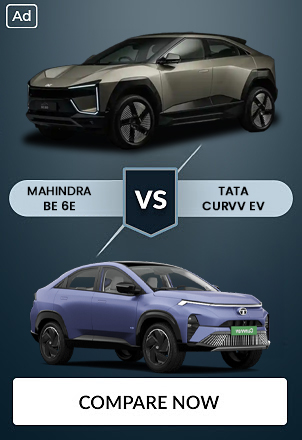
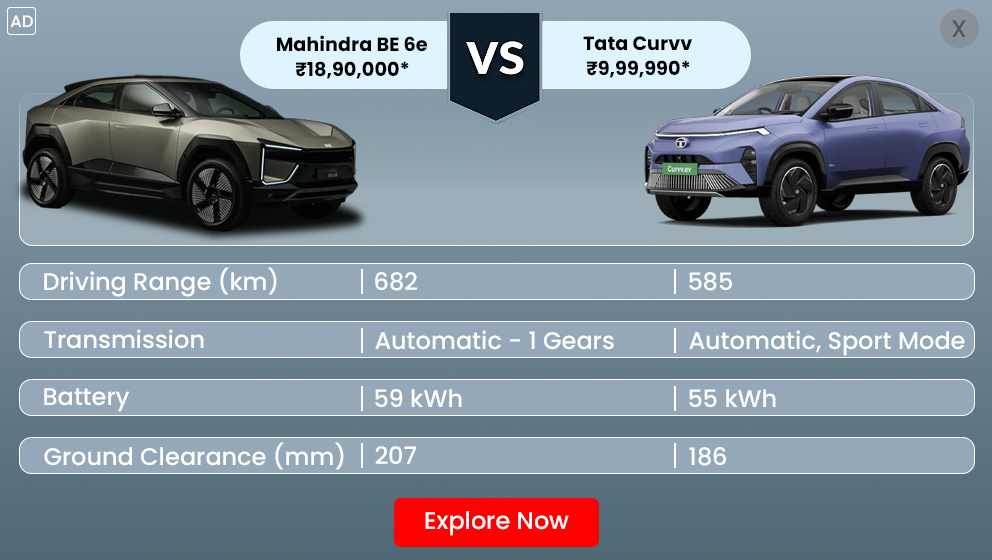

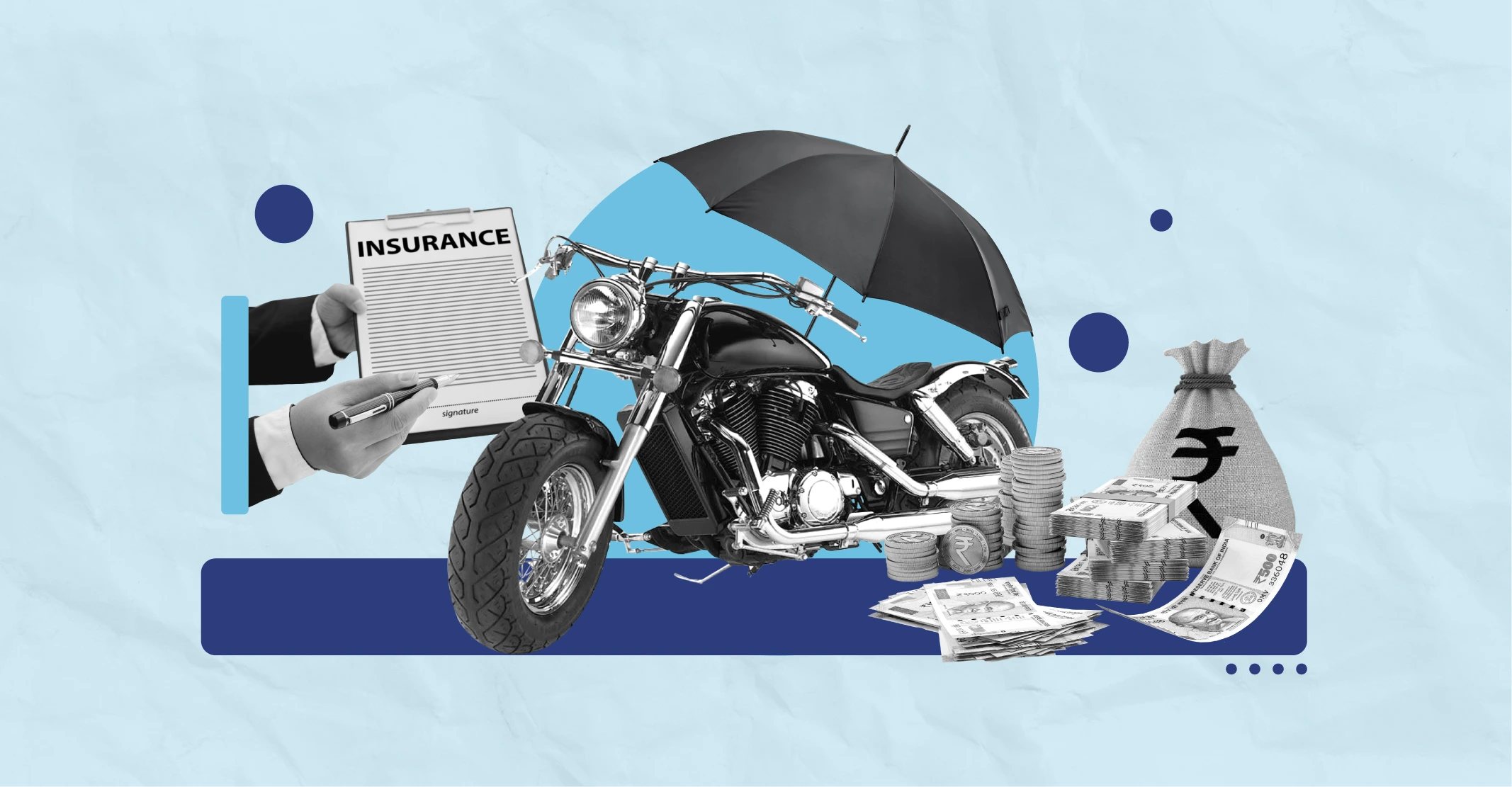

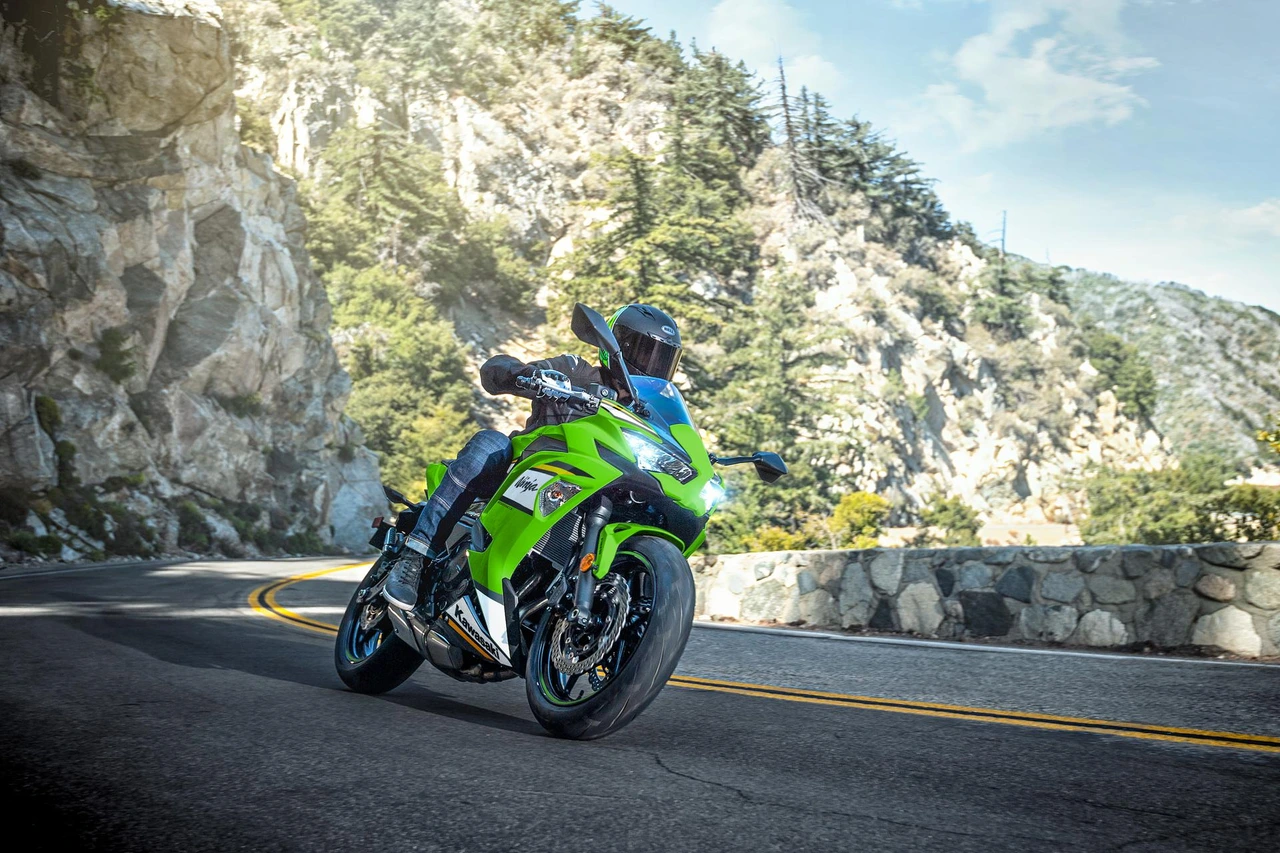

_1766129034.webp)
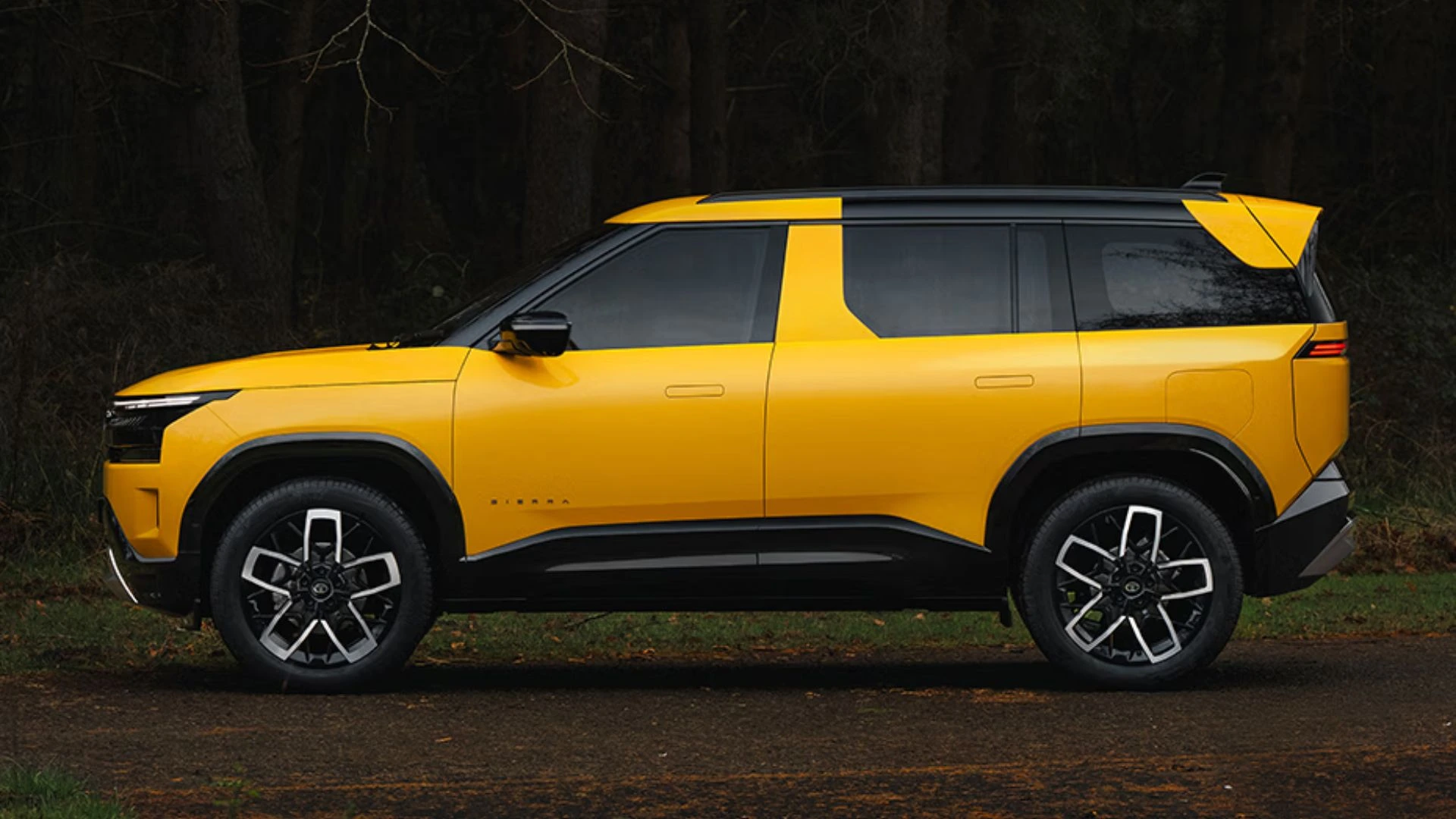
 Positioning Affordable 7-seat_1766042570.webp)